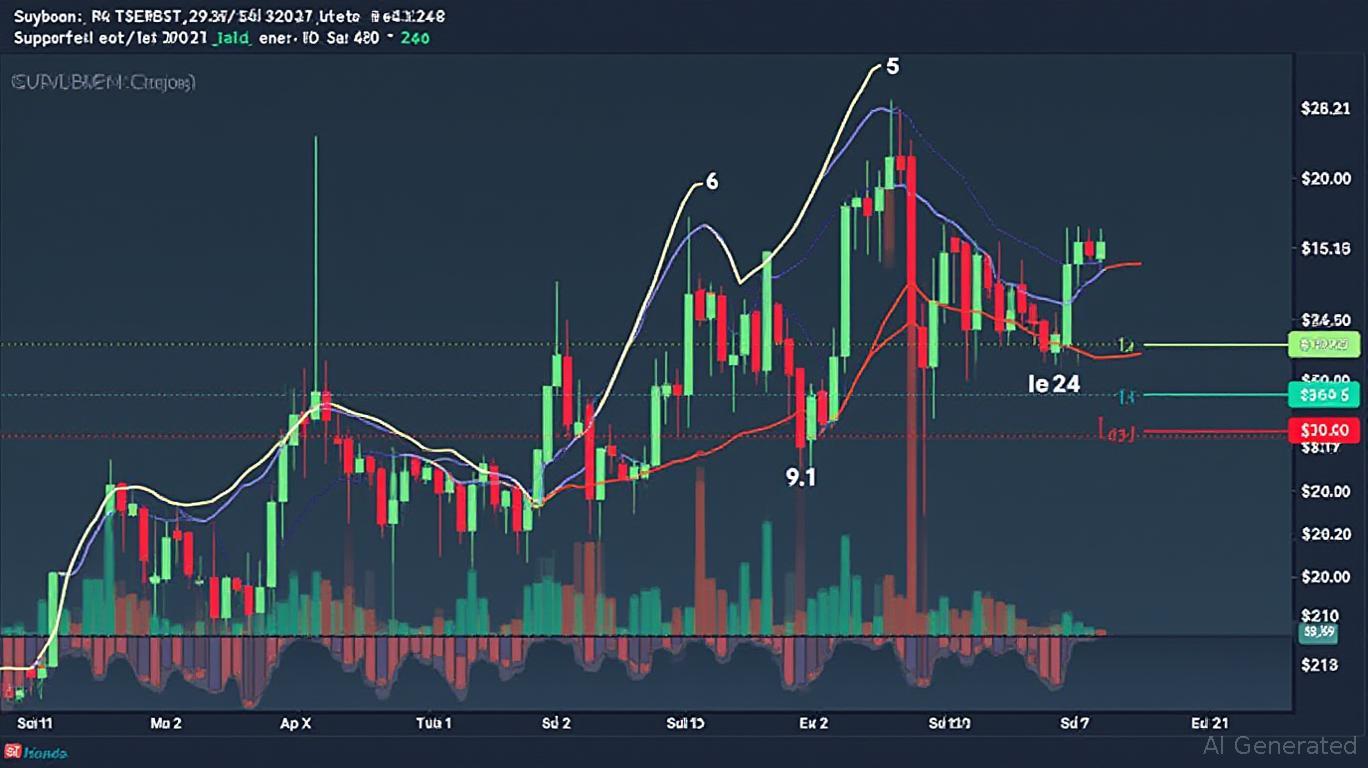Soybean Futures Slip as Traders Await Weekend Market Calm
Soybean futures prices dipped modestly on April 26, 2025, as traders digested a mix of supply-driven pressures and cautious positioning ahead of the weekend. The July 2025 contract (ZS=F) closed at $1,053.00, down $6.25 (0.59%) from the previous session’s close of $1,059.25. Reduced trading volume and narrowing intraday volatility signaled a market in wait-and-see mode, though underlying fundamentals tied to South American harvests remain the dominant force.

The price decline follows a broader pattern of softening demand and ample supply in global markets. South America’s record-breaking soybean harvests—particularly from Brazil and Argentina—are flooding export channels, easing near-term shortages and putting downward pressure on prices. While traders remain attuned to potential bullish factors, such as U.S. planting delays or Chinese buying, the immediate focus is on the oversupply dynamics.
Technical indicators suggest traders are approaching the weekend with caution. Trading volume fell to 105,262 contracts on April 26, down from 113,250 the prior day, reflecting a pullback in speculative activity. This aligns with historical patterns where markets often consolidate ahead of weekends, when geopolitical or weather-related news can disrupt pricing.
Supply-side factors dominate the narrative. Brazil’s 2024/25 soybean crop is projected to reach a record 158 million metric tons, up 18% from the previous year, while Argentina’s crop is also expected to rebound from drought-driven lows. This surge has bolstered global inventories, easing concerns about shortages that once propped up prices. Meanwhile, U.S. farmers face logistical hurdles in exporting beans due to high domestic stocks, further weighing on sentiment.
Analysts highlight that while the near-term outlook is bearish, longer-term risks persist. Unseasonably wet weather in the U.S. Midwest could delay spring planting, potentially reducing yields and supporting prices later in the year. Additionally, China’s purchasing decisions—still a key swing factor—could pivot markets if Beijing accelerates imports to rebuild reserves.
The market’s current consolidation reflects a balancing act between abundant supply and lingering uncertainties. For now, traders are leaning into caution, but the data underscores a fragile equilibrium. With the July contract hovering near $1,050—a key technical support level—the coming weeks will test whether fundamentals or sentiment take the lead.
Conclusion
The 0.59% decline in soybean futures on April 26 captures a market caught between a surging South American harvest and weekend-induced risk aversion. While the immediate pressure stems from ample supply, traders are also hedging against potential disruptions, such as U.S. planting delays or geopolitical shifts. Over the next month, watch for export data from Brazil and Argentina, as well as U.S. weather patterns, to gauge whether prices stabilize or continue their downward drift. With volume dipping and volatility contracting, the coming days will reveal whether this dip is a blip or a harbinger of deeper declines.


_442a2dcc1749832873286.jpeg)
_e68fac6d1749831664430.jpeg)





